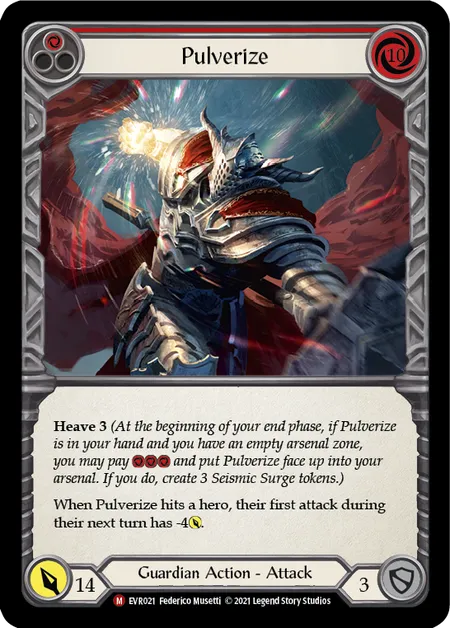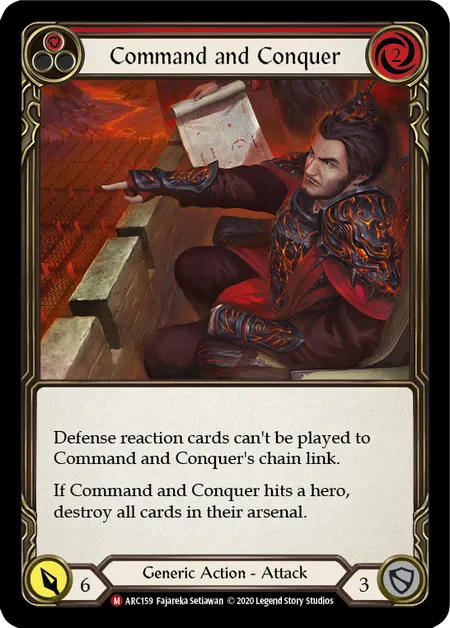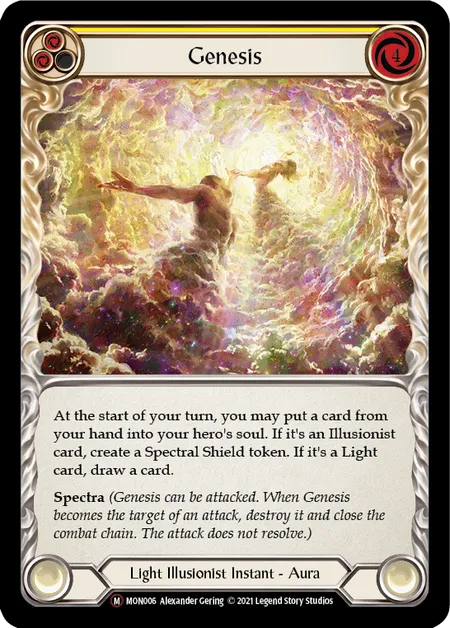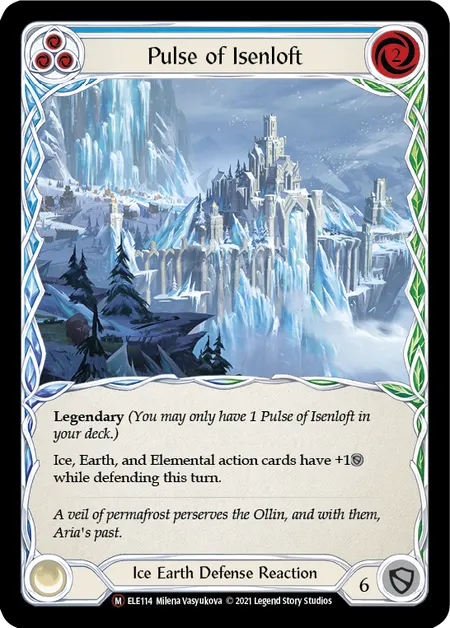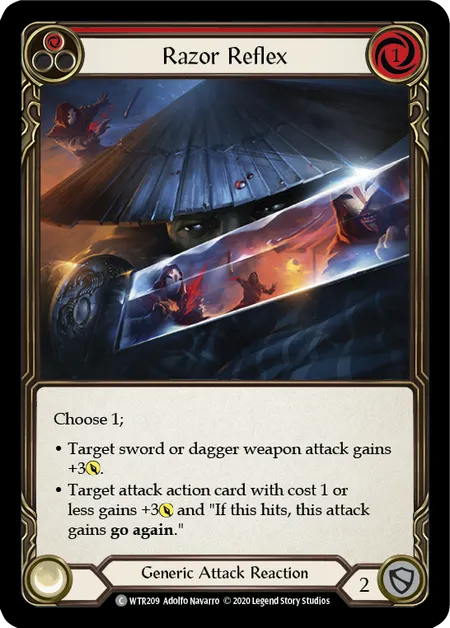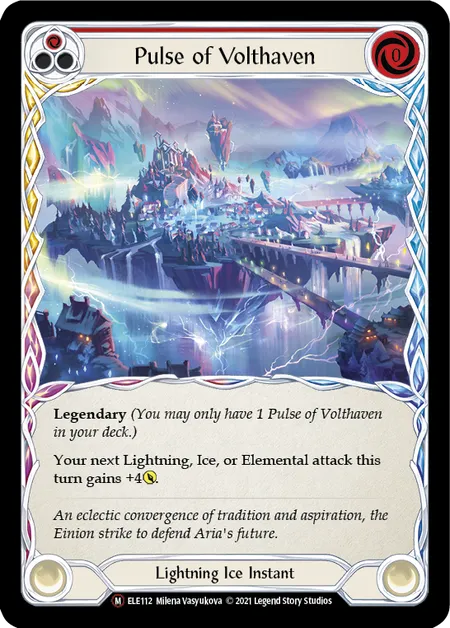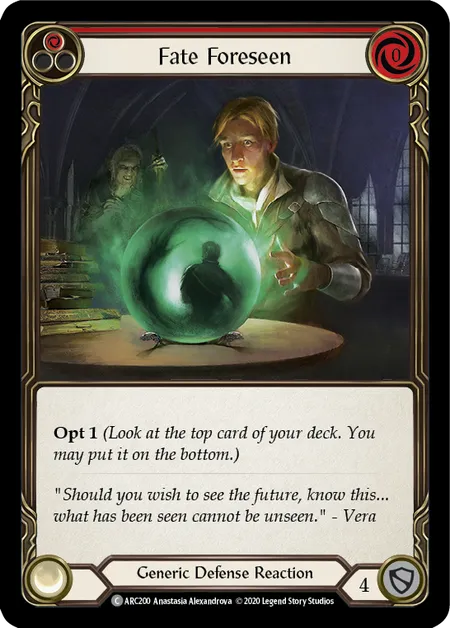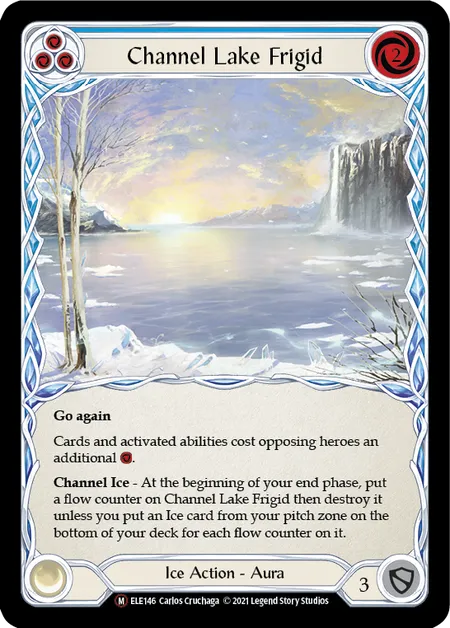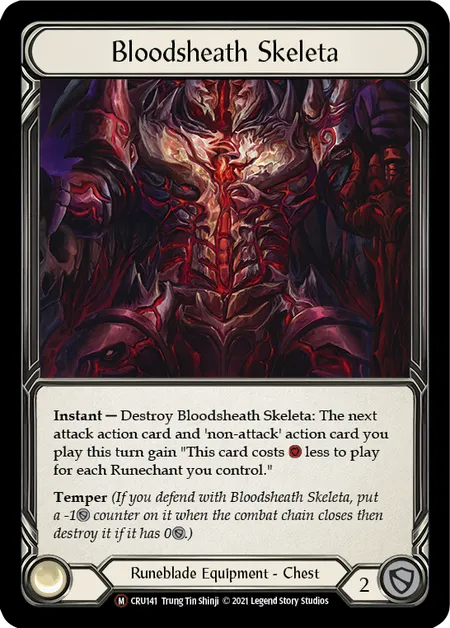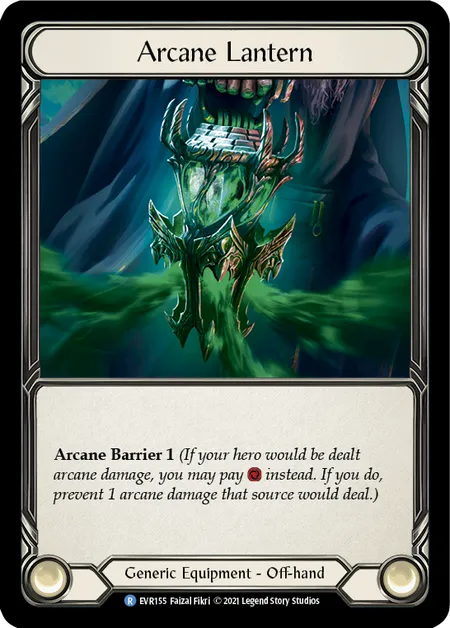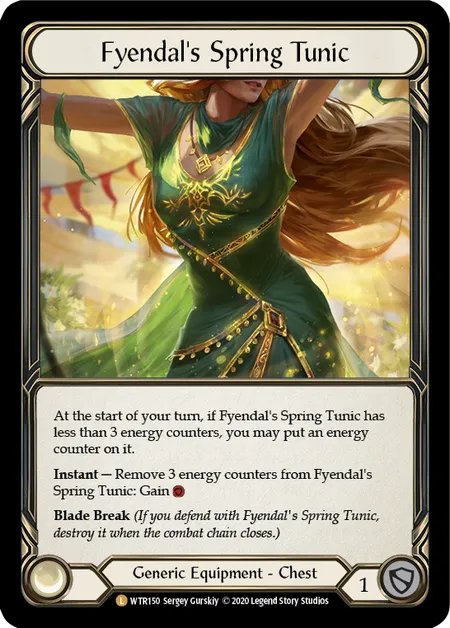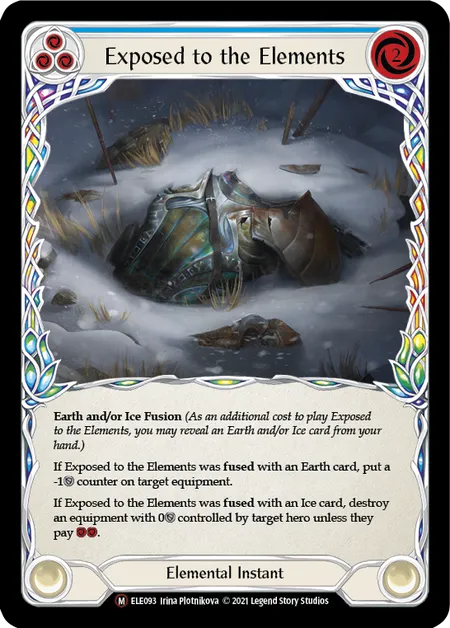For the ProQuest Season, we have invited guest writers to contribute to fabtcg.com over the course of the series. Drew Cordell is a content creator and writer known for writing strategy and analysis content for community hubs around the internet. We're excited to bring you the latest entry in his ProQuest series!
Drew Cordell here. Welcome back to my third article during ProQuest season! If you missed my previous articles, you can catch up with Part 1 & Part 2. In today’s article, I’m thrilled to talk about how to create and play a top-performing deck, as well as how to beat one. Regardless of which hero you choose to bring to the table, these concepts, ideas, and strategies will carry across and help give you the best shot at success at your local ProQuest event(s).
Whether you are devoted to a single class or hero, or excited to branch out into learning and playing other heroes with the launch of Everfest, there’s no better time to look at how to build a great, competitive deck for ProQuest! As I mentioned in my first article, every hero is competitive and can enable winning strategies when built the correct way. Davis’s recent article shows us that almost every hero (with the exception of Kano) has placed in the top 8 in a ProQuest event thus far.
Let’s dive in!

What makes a good deck?
A good Flesh and Blood Classic Constructed Deck needs to accomplish a lot of things at once in order to be ‘good.’ A deck is really a list of ingredients that try to come together to accomplish a high-level goal; in most cases, that’s winning. But we need to define how the deck is trying to win. Having that end goal in mind will help inform the decisions you should make when trying to create a deck of your own.
The first thing you want to determine is if your deck’s strategy is proactive (perhaps even to the point of being siloed) or reactive. In early metas, decks with proactive and aggressive strategies tend to excel as they are easier to pilot, and can remain highly siloed in their strategies. These decks usually have some capability to interact with what their opponent is doing, but also tend to lean more heavily on the concept of ‘playing your hand.’ They try to play out 4-5+ card hands as frequently as possible rather than dedicating a lot of resources toward blocking and interacting with the opponent’s plan. Decks that are reactive and interactive try to defend their opponent efficiently and grind their opponent’s defenses down slowly over time rather than neglecting to interact and block in favor of trying to play out their full hand.
This concept of proactive versus reactive is always top of mind for experienced deckbuilders in early metas. Typically, the interactive and reactive strategies that control decks utilize come into play later in the meta when it is more understood, and these controlling decks can be hyper-tailored to beat very specific decks. Until then, proactive strategies are usually the best choice into an unknown and frequently shifting meta.
When creating a deck, you also need to have a plan in place to beat the top-performing decks you expect to see in the field. This can be more difficult in a field of unknowns, but you can keep an ear to the ground in your locals, in the Flesh and Blood community as a whole, and in your testing groups to try to get an early scoop on the top contenders of the early meta. If a particular matchup was bad or unfavored for your hero or deck of choice in the past, you should understand what your deck will try to do to improve the odds in your favor to set you up for the greatest chance of success.
When I look at creating any Classic Constructed deck after understanding my deck’s overall strategy and how it’s going to win in specific matchups, I break it out into six different components—each being highly important to the overall success of the list:
- Power Cards
- Core Foundational Cards
- Offensive Utility
- Defensive Utility
- Equipment
- Tech Utility
Power Cards are typically the Reds of the list, the strongest cards that you will almost always want to play out rather than using them to defend your life total. In general, these cards will not pitch for resources well, so you need to have the resource curve (the combination of blues, yellows, and reds) in your list to support paying your costs as required. Typically, in more aggressive decks, resource costs are lower than they are in something more resource-intensive like Guardian decks that tend to run more blue cards than most other classes. Hero specialization cards will almost always fall into the power cards camp.
Core Foundational Cards are the mix of yellows and blues (maybe some reds) that help support your overall strategy. They provide the means to defend your life total with blocking, as well as pitch for resources to pay your costs. These cards are the glue that bind your strategy together and keep it from falling apart under pressure.
Offensive Utility Cards are cards that empower your offense and power cards. These could be things like non-attack actions that give go again to your next attack, attack reaction cards like Pummel or Razor Reflex, or any card in your deck designed to empower your attacks and put more offensive pressure or disruption on your opponent.
Defensive Utility Cards are typically cards designed to slow down or efficiently defend your opponent’s attacks to protect your armor and life total. Cards like Sink Below, Fate Foreseen, Unmovable, Blizzard, and even Channel Lake Frigid would fall into this category. Note that cards like Winter’s Bite and Channel Lake Frigid also have some offensive implications. It’s perfectly acceptable to have ‘hybrid’ or flex cards in your deckbuilding process that may fall into more than one camp outlined here.
Equipment is a huge consideration for Classic Constructed. Because equipment shares the same slots as cards that would go into your main deck, players need to be selective with the gear they bring to the table. Typically, Classic Constructed decks will run anywhere between 5-10 pieces of equipment depending on the hero and class. Bring too few pieces, and you’ll be unprepared for certain matchups. Bring too many, and you’ll have less flexibility in your deck configuration and the cards contained within for any individual matchup. Depending on your class, your equipment should enable a good mix of armor density to defend yourself and keep more cards in hand at crucial points in the match and utility that aids you in your overall strategy.
Finally, Tech Utility Cards are the specific cards in your sideboard that you have included to help deal with problematic or difficult matchups with the hopes of improving your odds. These are cards that may only come in against certain groups of heroes or even just a single individual hero that can be a problem for your strategy and deck design.
How to Choose Cards for Your Deck
Each class, hero, and deck is different. There is no one-size-fits-all model for the correct mix of each of the six components I highlighted above.
In general, you want to have a good idea of the 60 cards that make up the standard configuration for your deck, as well as the cards that come in and out in certain matchups. As I mentioned in my first article, preparing a sideboard guide to reference at the start of round in your ProQuest event can help take the guesswork out of the equation. By having the plan in place, you can better stick to it and know exactly what needs to happen to boost your chances of success in each and every matchup.
If you are inexperienced at deckbuilding, look to some of the decks in past metas that have performed well for your class or hero of choice. Look at the ratios of color pitch, attack actions to non-attack actions, number of equipment cards, number of sideboard cards, etc. Try to break out each individual card to its corresponding bucket, and understand what it is doing to lend to the overall strategy. It doesn’t make sense to always start from scratch when you can lean on the success and experience of the community.
It is important to try to determine if the deck was built to counter a specific hero or group of heroes, so you should often look back into multiple metas if possible to see the progression of the class or hero. For example, Guardian decks today tend to be more aggressive than the stalwart, hyper-defensive builds of Bravo, Showstopper and Oldhim, Grandfather of Eternity that were tailor-made to counter the steep rise in Briar players in the Tales of Aria Classic Constructed meta. With Briar being less of a threat in Everfest, Guardian is free once again to explore more aggressive or midrange strategies that have a better shot against their worst matchup: Prism.
Even as an experienced deckbuilder, I can’t emphasize it enough: there’s so much value in leveraging what the community as a whole can accomplish versus what any one individual can accomplish by themselves. Don’t be afraid or ashamed to lean on your local community, and all the valuable data available to us as players. Speaking from experience, data-driven decisions tend to perform much better than impulsive decisions backed by a gut feeling. Don’t let pride get in the way. Lean on the playerbase, and use the collective efforts and time spent by the entire community to build out the templates to your success.

I’ve written in-depth on the concept of opportunity cost in Flesh and Blood deckbuilding. In short, for each card you choose in your deck, you are losing the opportunity of including something else in the slot. In Flesh and Blood, every card matters, and how you play all your cards as a whole matters more than any individual card in your deck. Ensuring that you can play all your cards well starts with having the right cards in your deck.
Once you have outlined how your deck wants to try to win, and the strategies that support that objective, you need to look at each individual card in the deck and be able to justify to yourself and others why that card is worth the inclusion in your deck. Why is this card, X, better than Y or Z in the respective slot? Does X really enable my overall strategy more than Y or Z? Are there any gaps or hidden drawbacks that I’m missing by including X over Y or Z? Understanding and accounting for opportunity cost is essential to the process of creating a great deck.
Everything looks great on paper until you test it. Cards that you may have expected to perform well in your strategy may be lacking. As expected, you may have to go back to the drawing board, either experimenting with changing individual cards, or even starting the process again from the top and redefining your overall strategy before choosing specific cards again.
Finally, make it a team effort if you can. I can’t emphasize the value of having a great testing group when preparing for events like ProQuest. If you’re serious about competitive play, having a group of like-minded individuals to test your decks with will help fast-track your improvement and the evolution of your decks and strategy over time. Plus, you’ll make some great friends along the way!
Stay tuned for more of my content throughout the inaugural ProQuest 2022 season, and good luck at your own events! Until next time, you can connect with me on Twitter here.
Drew Cordell is a competitive Flesh and Blood player and author of content relating to gameplay and strategy. The opinions expressed in the above article are his own and do not necessarily reflect the views of Legend Story Studios.
